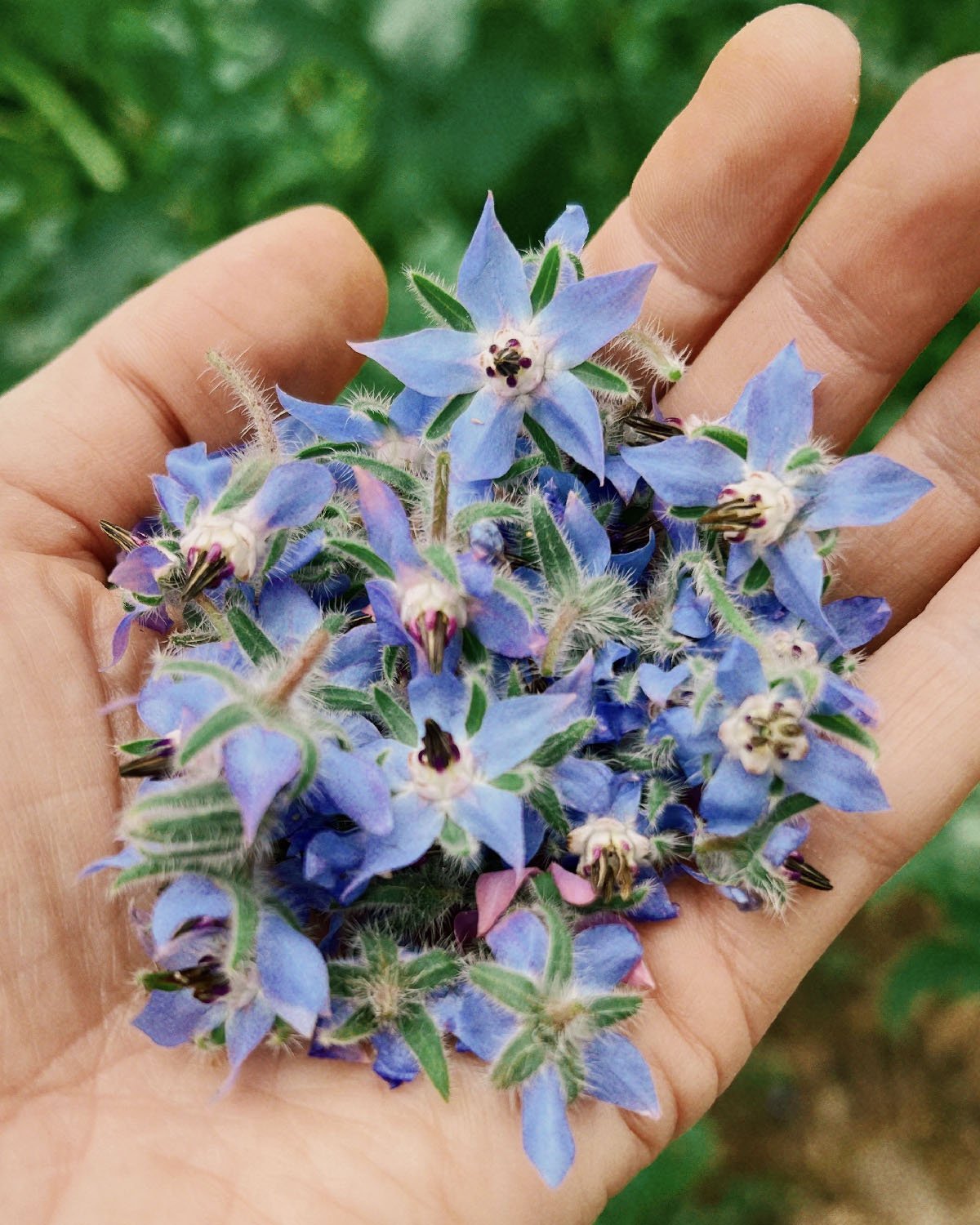Goldy Double Organic F1 Sunflower
Two sunflowers in one! Single blooms double as they mature so you can harvest at either stage for two different looks. Full flowers are massive, golden, fluffballs. F1 hybrid. Certified Organic.
JOY MAX QUALITIES:
Truly unusual sunflower. So beautiful & unique, if you plant it in your front yard, prepare for lots of compliments
Fully-double, bright golden 5–7” blooms with green-to-yellow centers look like huge, fluffy pompoms
All parts of the plant are edible
Quick planting to blooms! Only 45-50 days!
Open-pollinated
Two sunflowers in one! Single blooms double as they mature so you can harvest at either stage for two different looks. Full flowers are massive, golden, fluffballs. F1 hybrid. Certified Organic.
JOY MAX QUALITIES:
Truly unusual sunflower. So beautiful & unique, if you plant it in your front yard, prepare for lots of compliments
Fully-double, bright golden 5–7” blooms with green-to-yellow centers look like huge, fluffy pompoms
All parts of the plant are edible
Quick planting to blooms! Only 45-50 days!
Open-pollinated
Two sunflowers in one! Single blooms double as they mature so you can harvest at either stage for two different looks. Full flowers are massive, golden, fluffballs. F1 hybrid. Certified Organic.
JOY MAX QUALITIES:
Truly unusual sunflower. So beautiful & unique, if you plant it in your front yard, prepare for lots of compliments
Fully-double, bright golden 5–7” blooms with green-to-yellow centers look like huge, fluffy pompoms
All parts of the plant are edible
Quick planting to blooms! Only 45-50 days!
Open-pollinated
PLANTING INSTRUCTIONS: Sunflowers are one of the easiest flowers to grow but are difficult to transplant. Sow seed directly into prepared garden soil once all threat of frost has passed. They are heavy feeders, so prepare the soil with lots of manured compost prior to planting. Direct sow when temps are around 70°. 1/2” deep, 12-18” apart. Pinch to create sturdier plants.
Tips for Growing Sunflowers:
Make sure you know where the sun is when planting sunflowers. Many varieties follow the sun with their blooms, so if planted in the wrong location, they may face your neighbor’s side of the fence instead of yours.
Water deeply but infrequently to encourage deep, strong roots.
Sunflowers can produce seed for birds (and you!) if left on the plants to mature but are also vulnerable to birds when seedling size and may need protection.
There are two types of sunflowers, branching and non-branching (most common). Branching varieties need a lot of room but Goldy is smaller than others, producing branches 18-24” long. The blooms are huge- 5-7” wide. If given enough space, plants may produce 20-25 stems per plant. Plan accordingly. To stagger harvest, plant 2-3 seeds every 3-4 weeks through mid-summer.
Pollen is an issue with sunflowers in arrangements, as they can ruin a tablecloth with a yellow mess. Goldy is a low-pollen, but not pollen-less sunflower. Varieties with the words “Procut” are bred to reduce pollen.
COMPANION PLANTING: You can use sunflowers in a three sisters planting with beans and squash instead of corn. You can also use them to provide some shade for cool season plants like kale, chard, lettuces, and spinach. As the sunflowers grow, they will create shade just as the temps get high. Tomatoes will also benefit from a little shade in the afternoon.














